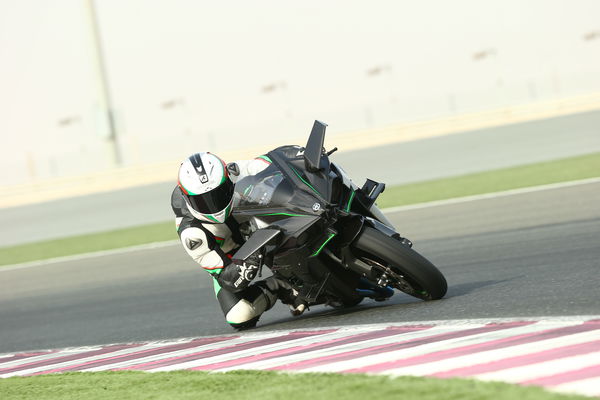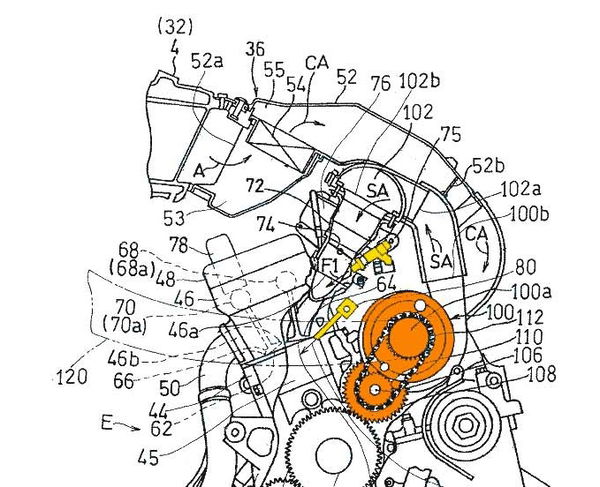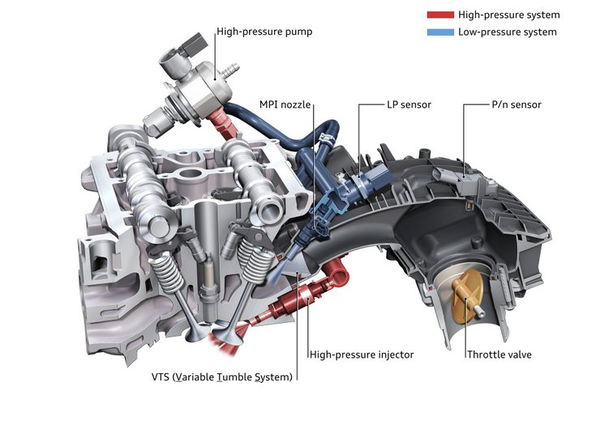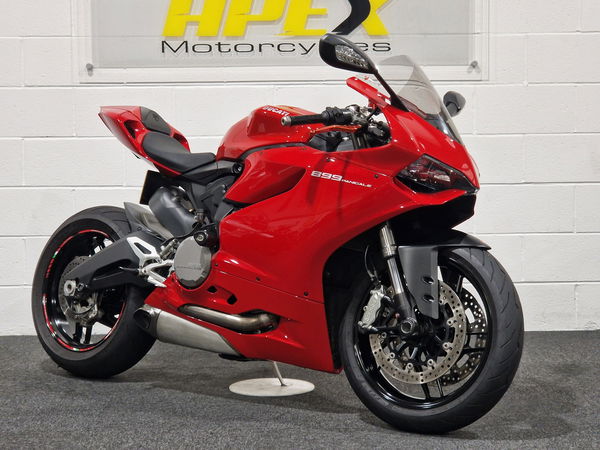Kawasaki Patent Dual Injection Supercharged Engine
Kawasaki looks to be working on their next supercharged engine which features an innovative injection system

KAWASAKI has filed patents showing what their next generation of supercharged engines could look like.
The patents show a four-cylinder supercharged unit that features two sets of injectors per cylinder, one located in the conventional location – within the throttle body – and another pointing into the top of the combustion chamber.

The image above shows the supercharger system and dual ports highlighted
Direct injection is nothing new, with the first cars using a rudimentary system since the 1950s, but it is only recently that motorcycle manufacturers have started experimenting with the method – mostly because of ever-tightening EU emissions regulations.
Using just direct injection on a motorcycle engine is unlikely to work with high-revving engines, hence why Kawasaki is opting for a hybrid method to get most from both direct and port injection.

Direct injection in a petrol engine helps to cool the combustion chamber of the engine, helping to prevent knock or abnormal combustion. A direct-injection engine can also more accurately monitor the air/fuel mixture entering the engine, as the fuel is squirted in neat, not mixed with air before entering the engine. They can even add fuel at different points in the combustion cycle, I port injection engine can only add the fuel (and the air) when the intake valves with allow.

With every benefit though, there comes a drawback, and direct injection is no different. A conventional port injection engine has a cleaning effect on the valves, helping to slow the build-up of carbon deposits. The air and fuel mixing in the throttle body also has a cooling effect on the top end of the engine, cooling the head and intakes a little. This cooler area of the engine helps to keep the air drawn in cooler too. Cooler air means denser air with more oxygen molecules and that makes for a bigger bang within the combustion chamber.
Could the dual-port direct injection engine be the answer to Euro6?












